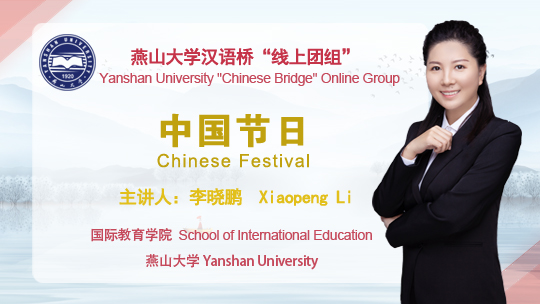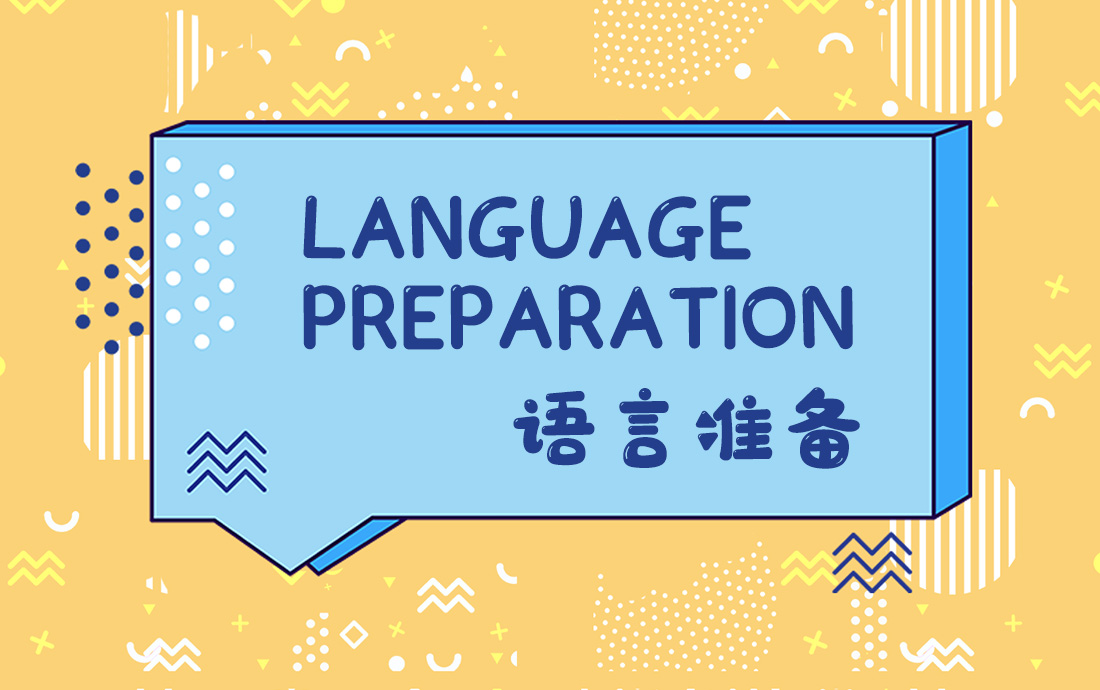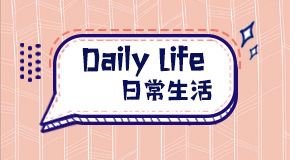Chinese Festivals
中国节日

Course Syllabus 课程章节
1China is a multi-ethnic country with a long history of about 5,000 years. In its ever-forward history course there have developed a good number of traditional festivals which are of rich varieties and long standing. The culture of festivals rooted deeply in the people, and it thus shows its enormous vitality. In spite of the change of times, it has gradually become part of the heritages of the colorful Chinese culture.Though the lifestyles of Chinese people have kept changing over the years, the importance of those traditional festivals in Chinese lives has not faded. Each unique festival has a different way of celebration activities. In the first part of the course, I have introduced Qingming Festival, Dragon Boat Festival, Qixi, Mid Autumn Festival, Chongyang Festival and Spring Festival. Among them, the coming festival of the Spring Festival Customs focused on explanation. As peoples living conditions keep improving and their lifestyles change gradually, the ways of celebrating the festivals have changed, too. Combining both tradition and fashion, they show a trend of diversification. A large number of people stick to the traditional customs no more and begin to choose a more simple and casual way to celebrate the festivals. Some new stuff drew people's attention: the Internet and short messages have brought a brand-new way of expressing good wishes between people. The Chinese festivals and the festival life of the Chinese people are getting more and more colorful and exciting. China covers a large area and consists of a number of ethnic groups. Different areas and ethnic groups have formed different customs concerning food, clothing, shelter and transport festivals, courtesies, sacrifices and religion, weddings and funerals. There are quite a lot of charming ethnic group festivals with unique colors celebrated in China. I’d like to introduce several ethnic festivals in this course, like the double-third festival for Zhuang people in Guangxi autonomous region, and the Shoton festival in Tibet. All of these customs of ethnic groups have lasted for hundreds of years and have become part of the culture of different areas and ethnic groups. some of them become the festivals and customs shared by all the Chinese people and merged into the traditional Chinese culture.





